After leaving the Broome Bird
observatory we were headed to the Gibb River road and the National
parks of Windjana and then Bell Gorge with its Silent grove
campground.
Well we did do the month of July in
Wndjana Gorge to be the camp hosts there.
We did a stop off in Derby for 2 days
to get enough shopping for a month and fresh bread from the bakery.
All supermarket bread up here has come in a freezer truck from the
south and is either sold thawed or frozen. It is never fresh bread
unless you get it from any local bakery you can find.
Larry's meat came from the butcher
fresh then cryo packed and frozen.
So we start along the Gibb river road
which is mostly sealed for 100km Derby end. This is why we said we
would go in to the national park. The next 40 odd km of Gibb to the
turning for Windjana gorge is bad dirt track and if you go further on
the Gibb you have 600km of dirt road before it gets sealed close to
the Kununurra end.
Some times this road is good and after
a lot of people “Doing the Gibb” that it gets bad .It is a Stock
route and that what it is meant for- The road train stock trucks work
in 2 or 3s taking cattle from the stations to markets either east or
west.
Anyhow we made it in slowly to cut down
on the shaken in car and van.
Windjana Gorge
The Lennard river runs through the
gorge for 3.5km and over thousands of years made the gorge.
It was made easier because the rock was
fossilised barrier reef making it limestone. The walls are now 100mt
high in places and the gorge 15mt wide . The fossils in the gorge are
of algae and things that resemble corals of today. Fossils of a 7mt
crocodile and giant turtles were found half way up the gorge wall in
some caves.
The temperature range here is up 35c
during the day and down to 15c at night from April to November, the
dry season.
The wet season over summer usually
means the park is closed as the roads can be under water for weeks at
a time. Even though this area has not had a good wet season for 3
years the park is still closed from November until the following
April and some times , if its wet , until late May.
The gorge here has still lots of pools
for the some 150 fresh water crocodiles that live here. Even though
it is getting dry the crocs all look healthy. The river that runs
through the Gorge really only flows and flushes out in a good wet
season.
[
The Aboriginal ranger of 34 years has
seen the crocs at the end of the dry season , just before rain ,
slowing their metabolism and burying themselves in the wet sand and
waiting. The fresh water crocs can do what the bigger salt water
crocodiles do and go with out food for months and slow their
metabolism , like a deep sleep.
These crocs do it every night they sink
to the bottom of the water and slow their breathing until morning
when they come up onto the banks and soak up the suns rays.
There is a walking track in the Gorge
beside the water, not down on the sand where the crocs sun-bake.
At this time of the year it is also the
start of breeding so the female crocodiles are looking to dig their
nest holes. These, when they have laid their eggs, they will protect.
We are forever telling people to stay
on the walking track and leave them alone. You are not far away and
can get good photos even with phones.
We have also 2 fruit bat colonies in
the gorge- black and Little reds. They sleep all day and at sunset
they fly out to find native fruit to eat and on the way will fly past
the water holes and dip their chests in to get wet, this they lick
off to get the water they need. Well sometimes one might miss judge
it and end up in the water, or a crocodile just happens to be in the
right place ,or wrong place for the bat ,at same time and a bat might
get eaten. This does happen when the mothers are carrying their young
around November. Any how some one must have seen this and put it on
social media so now we have people coming here and sitting on the
river banks at sunset not to see the sunset or the hundreds of bats
fly out for the night. No they come to see the “massacre” that
takes place every night. Some don't believe us when we say it does
not happen , lots of bats do not get eaten every night. They can't
just enjoy the place.
Like the fossils in the gorge walls or
the different colours of rocks and many different plants and
wildlife.
We have two camp grounds to look after
a Quite area and one where people can start their generators. Both
areas have flushing toilets and a solar hot water shower block, which
we have to keep clean and keep the solar panels clean each day to get
the most hot water, its very dusty at the moment.
Late afternoon and any free time is
spent making sure the people arriving have paid their park entry and
camping fees.
We timed it wrong as it is school
holidays and most days we are full and have 3 or 4 tour buses in
camping too.
Included in the park is Tunnel creek a
750m cave carved by flowing river in the limestone. The cave is 20m
high and 15m wide. It is dark and you walk by torch light and in
parts in water. This water was above my knees and after rain can be
chest deep. There are 4 or 5 resident fresh water crocodiles in this
water that can sometimes be seen on the sand and sometimes their
bright red eyes in the torch light in the water with you. There are 4
or 5 different true bats that live in the cave and a colony of fruit
bats outside. There is also aboriginal art works on the outside
walls, and lots of different rock colours to see.
Look at the rocks as you enter the cave where everybody puts their hands. Its smooth showing the jasper and quartz colours
The Traditional owners the Bunuba
people have a long history with this place and people must respect
that and only go to places they are allowed to.
Some of the traditional owners live at
the ranger station and are tour guides for the tour buses that come
in and campers can book tours with them. They also have art work and
carved Boab nuts for sale.
For 2 nights we had movies and welcome
to country in the day use area. We helped with this.
The movies by the keepers of the story
where on Jandamarra a Bunuba man in the 1800s. I do not have tie at
the moment to type all this story out so I took phots of the story
boards so you can read if you wish.
Other movies on the different seasons
here and their effects on the plants and animals.
Also a talk and display on the cane
toad which is nearly here , they have been found 200 km away on a
station. The effect there are having on the wild life here and ways
they are trying to halp the native wildlife. All very interesting.
One day a couple of campers found the
ranger as they had gone walking and found a pool with a large fish in
it that appeared to be in some trouble in its drying up pool. Well
Larry and the Ranger went to look and found the campers had left the
walking track and that it was not as bad as first thought. The fish
was a fresh water saw fish which are endangered but it did have a
little bit more water than they thought and 3 crocodiles with it.
Well both Larry and Erin [ranger] tried to catch it to move it too
more water and it was still very strong and got away from them twice
and caused some scratches and bruising to Erin's leg. The two of
them were in knee deep stagnant water with it and the crocs and
decided that the crocs where of no threat to it and the water would
not dry up in the next week so they could arrange for help to move it
safely.
The fresh water saw fish are tagged for
tracking in Geikee gorge about 160km away so there are people who
know what to do with this one. they are Leicharts sawfish
Well more were found just outside the
park by travellers staying beside the river bed.and we checked on
there location for the scientists and rescue team as we were leaving
the park. We were told latter that all had been rescued and placed in
deeper pools that will not dry up. The head man on the research team
had flown up from Perth with a special water holding trailer to move
them.
We also have some rescued and then released here agile wallabies which hank around the campers instaed of going back to being wild . this is not good because they can raid rubbish bags if people don,t put them out of reach of them and the crows, Some of the campers feed the wallabies to get them closer thats not good for them as they don,t eat human food.
We also have a rescued young pale Bobook owl that usually hangs around the ranger station that decided to come and live in the tree next to us for awhile. The Aboriginls say he is there to protects us .
I found a couple of rarely seen western short eared rock wallaby on my early 6 am walks
Well we were to leave Windjana Gorge
and go to Bells gorge and its Silent grove campground for August but
we had been experiencing some trouble with our solar system and
drinking water pump so we had to leave Windjana to head south to find
someone who new how to fix both.
So on the 1 of August instead of
heading further along the Gibb river road we headed back to Derby.
Lucky for us the booking we had made to
stay the night out at Horizontal Falls for September could be moved
to August. Thats good as we had paid already and would of lost money
and our chance to see the falls. That I will type up tomorrow.

 Windjana Gorge National Park, Western Australia, Australia
Windjana Gorge National Park, Western Australia, Australia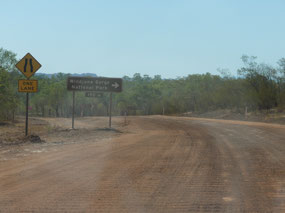
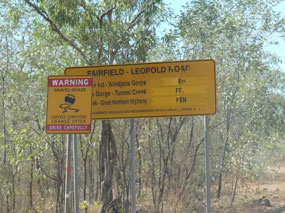
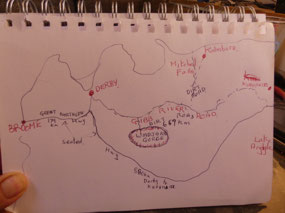
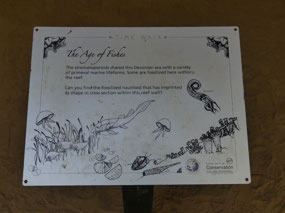

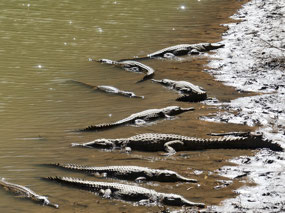

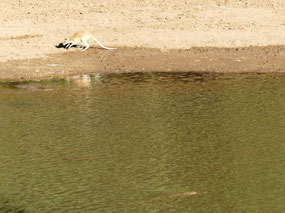
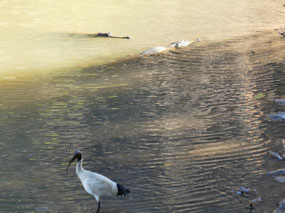
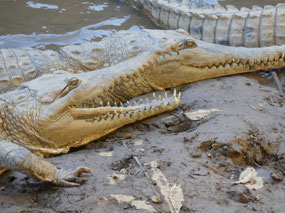


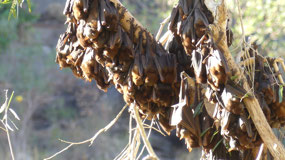
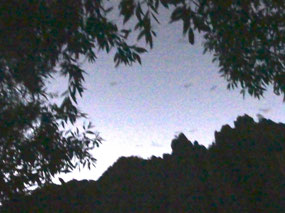
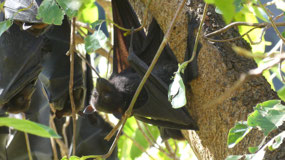
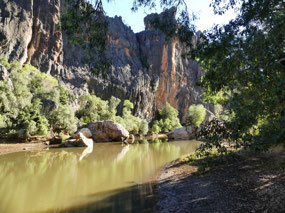
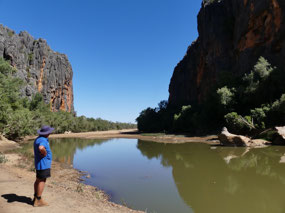
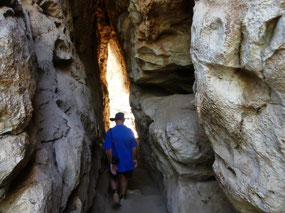
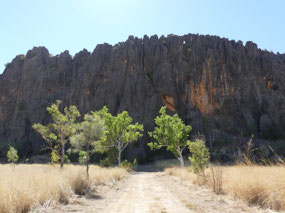

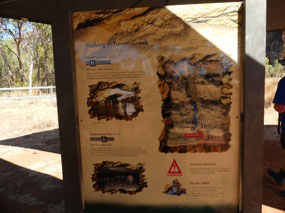
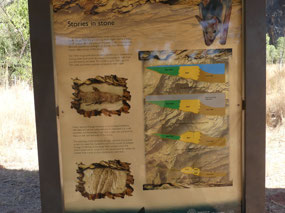
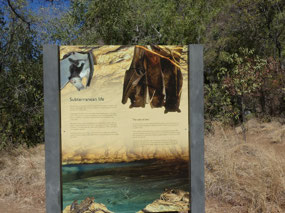
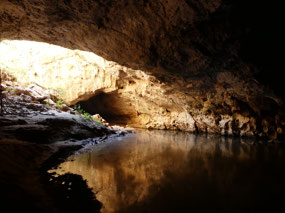
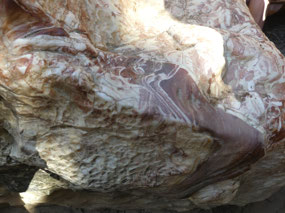

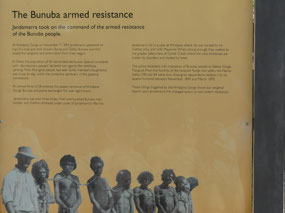
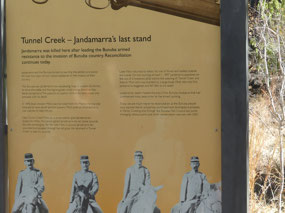
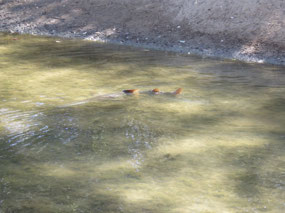
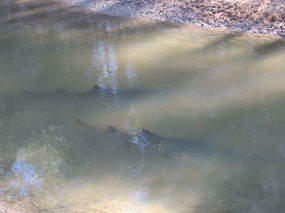

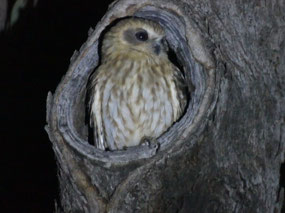
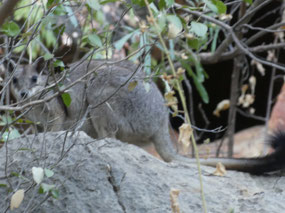

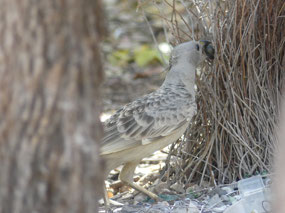
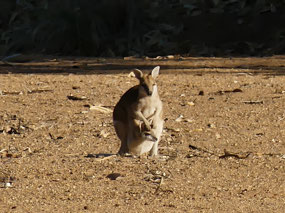
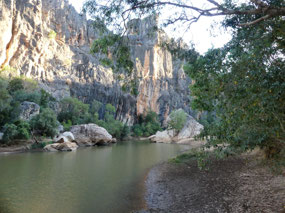
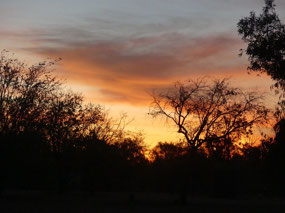
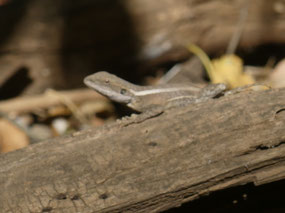
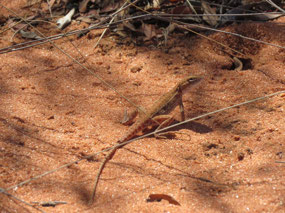
2025-05-22